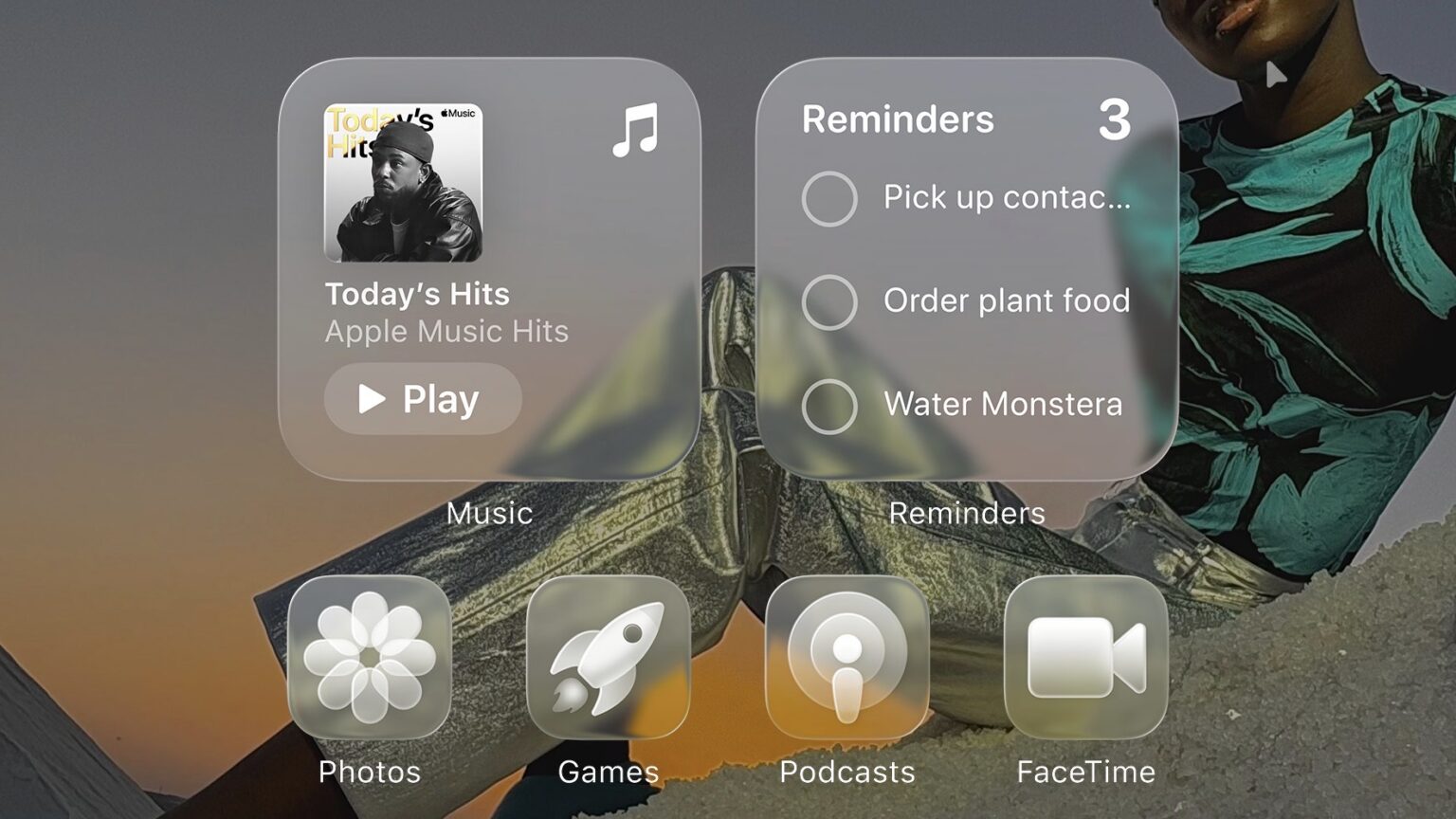In January, YouTuber Jon Prosser posted a video to his Front Page Tech channel that claimed to be “your very first look at iOS 19,” the operating system that Apple would announce as iOS 26 a few months later.
Though Prosser claimed he “could not show the real video of what I saw” because he wanted to protect his source, the rest of the video showed a mock-up for a redesigned version of the Camera app, which ended up being a preview of the company-wide “Liquid Glass” redesign that Apple would show off at its Worldwide Developers Conference in June (Prosser also posted more extensive iOS 19 previews in April, including one labeled “the biggest iOS leak ever.”)
Months after the fact, Apple confirmed that Prosser got an early look at the new OS and the Liquid Glass design. It did so by suing Prosser and a man named Michael Ramacciotti for leaking Apple’s trade secrets (as reported by MacRumors).
Apple leaks and rumors are so common that there’s an entire media ecosystem to track and disseminate them. What makes the Liquid Glass leak worth suing over, according to Apple, was a “coordinated scheme” between Prosser and Ramacciotti to gain access to an Apple employee’s company-owned phone and disseminate Apple’s trade secrets on YouTube for ad money.
The full complaint, posted by MacRumors to Scribd, outlines Apple’s version of events. Ramacciotti was friends with an Apple employee named Ethan Lipnik, who had an iPhone running an in-development version of the next-generation version of iOS. Allegedly at Prosser’s direction, Ramacciotti gained access to this phone while Lipnik was away from home and used FaceTime to call Prosser and show him the new software design.
“Defendants’ misconduct was brazen and egregious,” says Apple’s filing. “After Mr. Prosser learned that Mr. Ramacciotti needed money, and that his friend Ethan Lipnik worked at Apple on unreleased software designs, Defendants jointly planned to access Apple’s confidential and trade secret information through Mr. Lipnik’s Apple-owned development iPhone.”
Apple’s main source of information appears to be an audio message sent to Lipnik by Ramacciotti, which Lipnik then provided to Apple. An April 4 email from an anonymous source, also shared in the filing, named Lipnik as the source of the leaks and alleged the involvement of Ramaciotti and three other names that are blacked out.
According to the filing, Lipnik has been fired from Apple “for failing to follow Apple’s policies designed to protect its confidential information, including development devices and unreleased software and features.” The filing also accuses Lipnik of failing to report “multiple prior breaches” to Apple.
For his part, Prosser claims that Apple’s timeline of events is incorrect.
“This is not how the situation played out on my end,” Prosser posted to social media late yesterday. “Luckily have receipts for that. I did not ‘plot’ to access anyone’s phone. I did not have any passwords. I was unaware of how the information was obtained. Looking forward to speaking with Apple on this.”
Prosser then posted a screenshot from a messaging app, dated to February, which implies that he had been sent the information about the Liquid Glass redesign unsolicited.
Apple’s suit is seeking damages from Prosser and Ramacciotti, and it wants “to protect its trade secrets” and “prevent Messrs. Ramacciotti and Prosser from continuing to act unlawfully.” Even though the company has already publicly announced iOS 26 and the Liquid Glass design, Apple describes Prosser and Ramacciotti as “an ongoing threat” because Lipnik’s phone “contained other announced design elements that remain confidential.”
